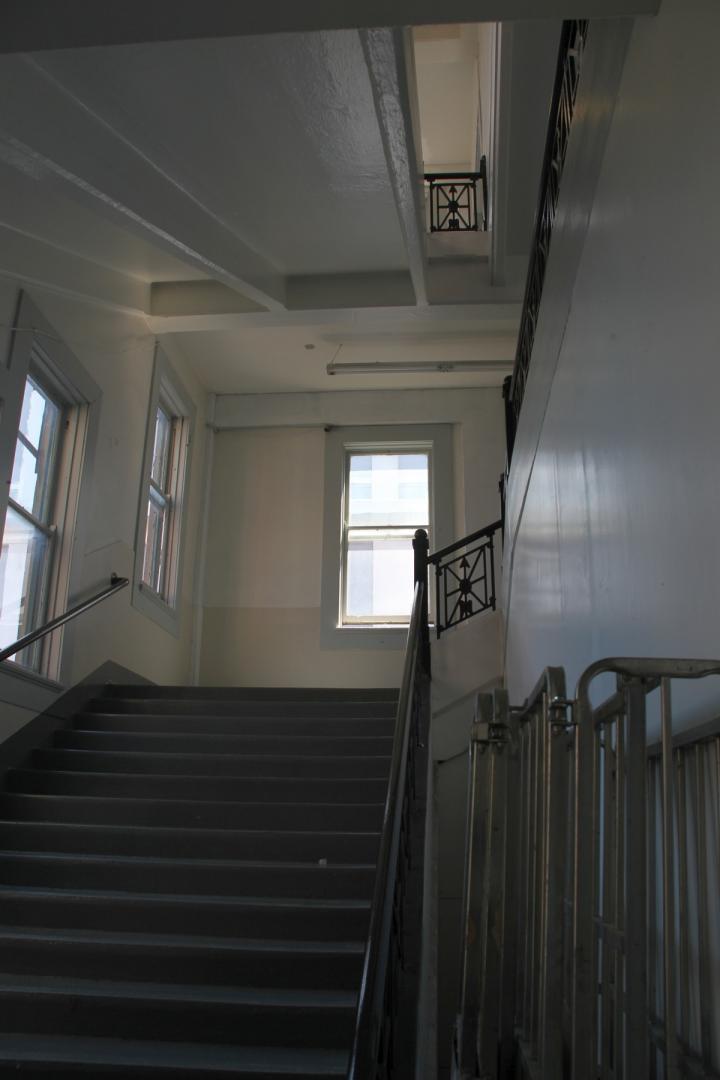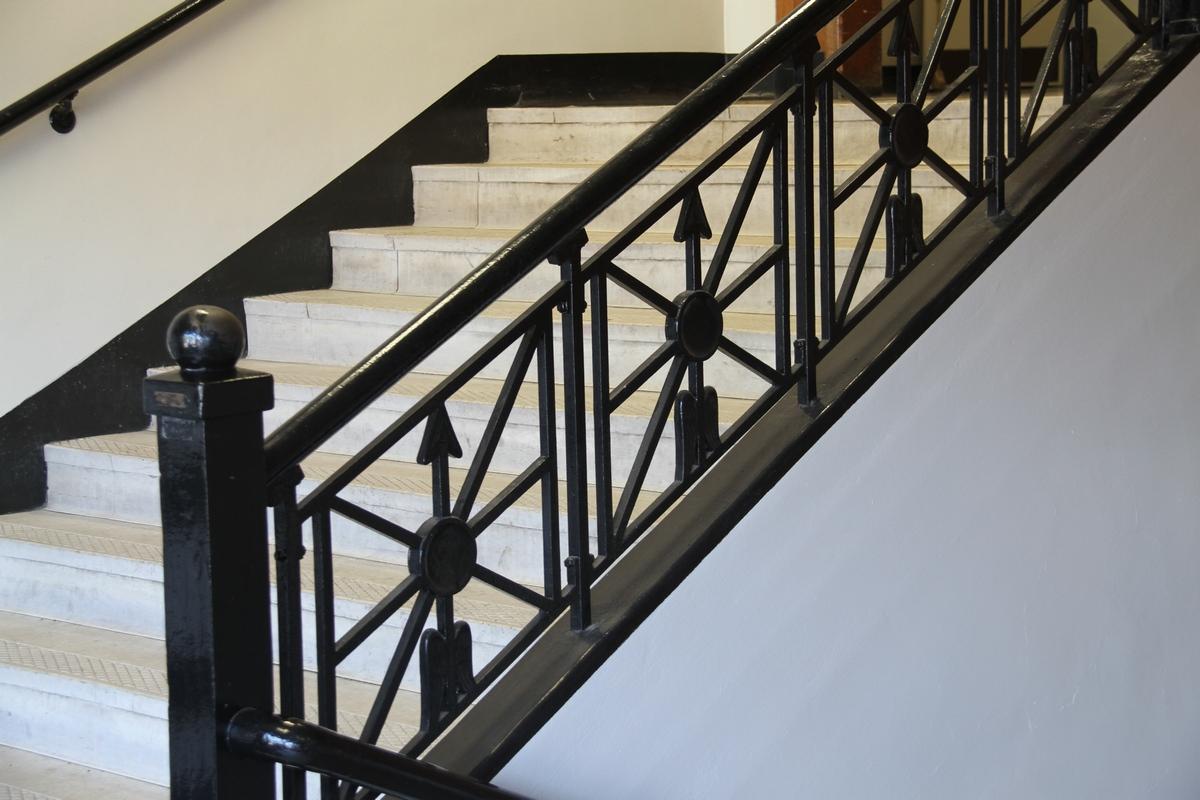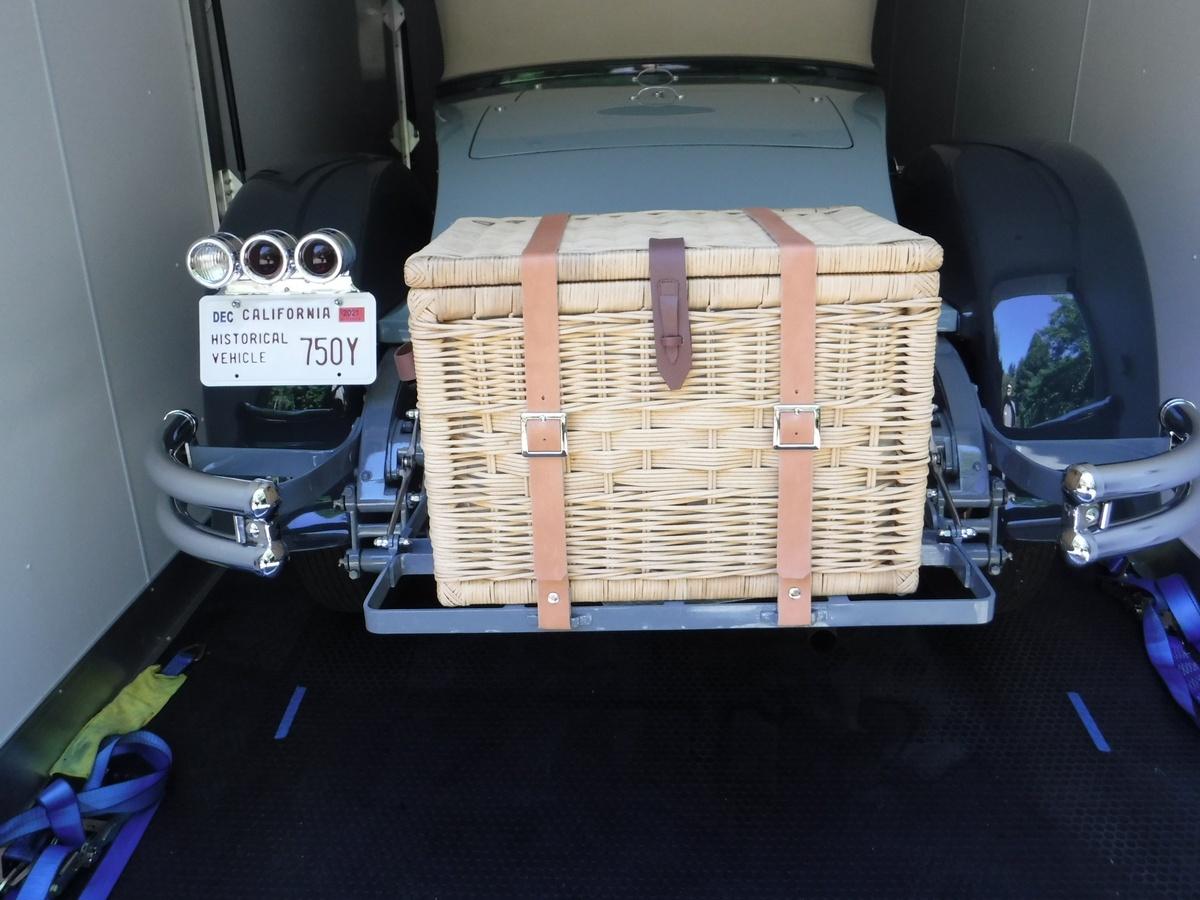- Home
- About Us
- Join/Renew
- Member Benefits
- Member Pages
- Log In
- Help
- Museum Store
Roy,
The PAS Tune up Guide lists the coil as a Model 527 E. Nothing on the condenser type. I’m not sure if this will help you or not.
Have you confirmed that when the car dies that there is no spark by pulling a plug wire and placing it near the block to see if there is spark? If it is flooding, another thing to consider is a stuck/sunk carb float. Hopefully somebody else will come up with current part numbers you need and any other ideas.
One other thought, check the Parts and Services Directory here on the website under electrical. -Dave
Thanks Brooks. I have forwarded the information you provided on the historian that is doing the research. Dave
I currently have Hagerty. I switched to them because at the time (about 8 years ago), they were the only company I could find that would take my 2003 Morgan on a collector car policy without a low mileage limitation.
I have had one claim with Hagerty a few years ago. While being transported, one of the windwings on my P-A runabout fell off, hit the top of the door damaging the paint, bounced off the running board, putting a dent in it, and then hit the floor of the trailer. Somewhere along the line it shattered.
Fortunately I had placed it on my policy before I had it shipped. I called Hagerty, expecting that because it was caused by the screws coming loose that they would deny coverage. The rep quickly said it was covered, go get an estimate to replace the windwing (Custom made) and to repair the damage. I gave them the number I got, there was no argument on the amount and her final statement was “if you find that it is not enough contact us and we can adjust it”. It did take a few weeks to get the check. Overall, I was very happy with the experience.
Dave
Hi Chuck,
I am not aware of any publications in our files that have exploded body / chassis diagrams. By 1934, Pierce-Arrow had stopped putting diagrams in the Parts Manuals. P-A did not publish Service Manuals. Perhaps someone else knows of something.
Dave
Here’s another one. The first photo I think was taken on the first floor. This was on the second floor.

Dave,
I am not sure if this is what you are looking for. I took this after the 2015 meet. We went by the factory and wandered around. We talked to a guy working inside and said feel free to look around.
I am not sure what the groove is that you mentioned. I can send you a hi res photo if you want.
Dave

Bob,
I ran across this on another forum. I am not sure if this is who you are looking for or not:
Dave
Robert Dean Singletube Tires
Robert Dean just sent an email to me.
He is making tires, again.
He is doing well, just changed his phone number.
Cell phone – 304-380-5710
Joseph,
The PAS database and Weis files do not have any further information on the history of your car. I also own a Series 36 that belonged to Ferrara. It was restored in 1979 and I found a card from Miles Morstatter in the tool box. Ferrara used Miles Morstatter for his restorations. Miles is still a member of the PAS, his contact information is in the PAS Roster. I talked to him about my car and while he remembered it, he did not know much of the earlier history. Give him a call.
I have an article about your car (I think from Old Cars Weekly) that I will e-mail to you. It lists owners back to Senik. Good luck on your search.
I am going to update your car’s record in the PAS database with what you have provided as well as the pictures.
Dave
Hi Billy,
That will be a great car when done. It went to Utah I believe.
Dave
Kary,
I believe that 66 was sold earlier this year and is no longer for sale.
Jeff,
If you do find the engine number, please let me know. Thanks, Dave
Jim,
Check PASB 1990-1 page 8 for some fuel pressure information. Hopefully it’s what you are looking for.
Dave
Ed,
Check with Olson’s Gaskets. They advertise them on their website. What they have will be new, not NOS. You might also check with John Cislak.
https://www.olsonsgaskets.com/products/?application=automotive&make=pierce-arrow&page=1
Jeff,
I talked to Bob and his car has the original number plate with 3180002 on it. So, not your serial number. His body number is one higher than yours and the engine number is two lower.
Serial numbers 0003 and 0004 are also accounted for. 0005 had engine number 409011. You might make sure the 7 on yours is not a 1. It was an EDL with no body number listed. This car is not accounted for.
Also he says his plate is on the driver’s side frame.
Dave
Jeff,
The location of the engine number is described in a post above. It is stamped on the crankcase not the heads. It should be easy to find, if not a little hard to see. It is a good idea to confirm the number matches the pink. Aluminum heads were used on the 36-38 v-12s.
Brad,
I could not find any other information on the car in other records. I will let you know what I find out from Bob about the Serial number on his car. Yours should be close to what his is. Pierce-Arrow did not install the engines in numerical order, so I can’t extrapolate your serial number using the engine numbers.
What number is listed on the pink slip as the VIN? If it is the engine number, it may be easiest to continue using it.
Your car’s record has been updated.
Dave
Jeff,
Brad also did not have the serial number listed in his record. The engine number is listed as 409017. The body number is the same as the one you entered.
I don’t think the 3180002 number is correct for your car. I may have to check with the owner to confirm it is on his car. I will do some more research and post what I find out.
The car record should be transferred from Brad to you rather than entered new in your record. I will correct it, you may see some e-mails about the transfer and deletion. Don’t worry about it.
Dave
Jeff,
In our records, that Serial number belongs to a 1937 P-A 1703 EDL owned by a member in Washington. The serial number plate is usually on the frame to the rear of the RIGHT front tire.
What Model and Body Style is your car? 8 or 12 cylinder? Also, what is the engine number you have? On 8cyl cars, the engine number is stamped into flat area on left side of block in upper center, just below the cylinder head to block joint. On 12 cyl engines, stamped into flat area, right rear of crankcase behind rear cylinder. This number is stamped across the rear of the crankcase and may require a mirror to observe.
The firewall tag and front passenger compartment tag are likely the body number. It should be something like 000-x-000.
I know at one point reproduction Serial Number plates were made. I do not if they are still available.
Dave
Thanks Peter, We have had fun with it.
Don, isn’t a Runabout what you would take on a picnic in the country? So we added the picnic basket. It was difficult to find one large enough that it looked OK. The perspective in the photo makes it look bigger than it is.

